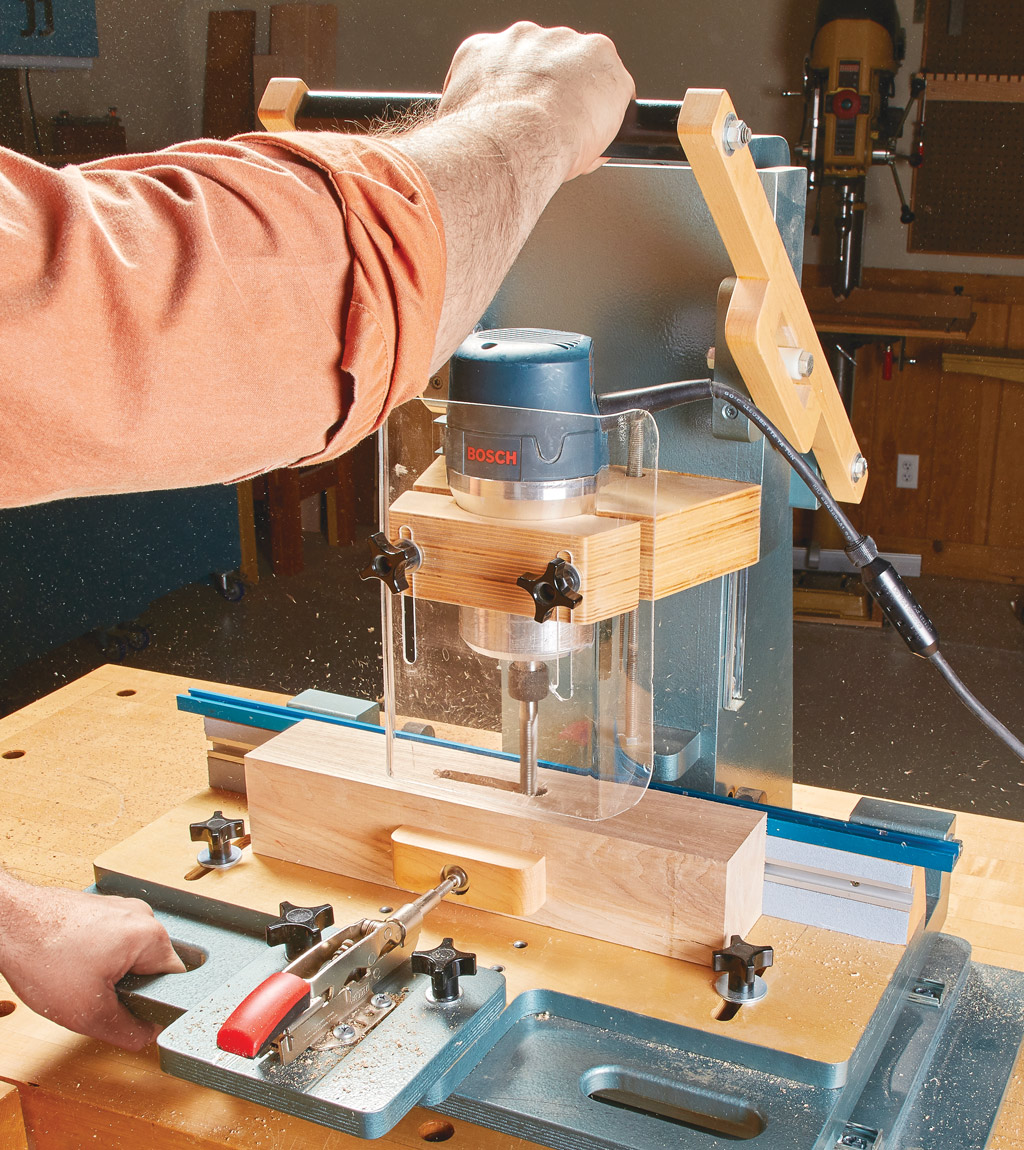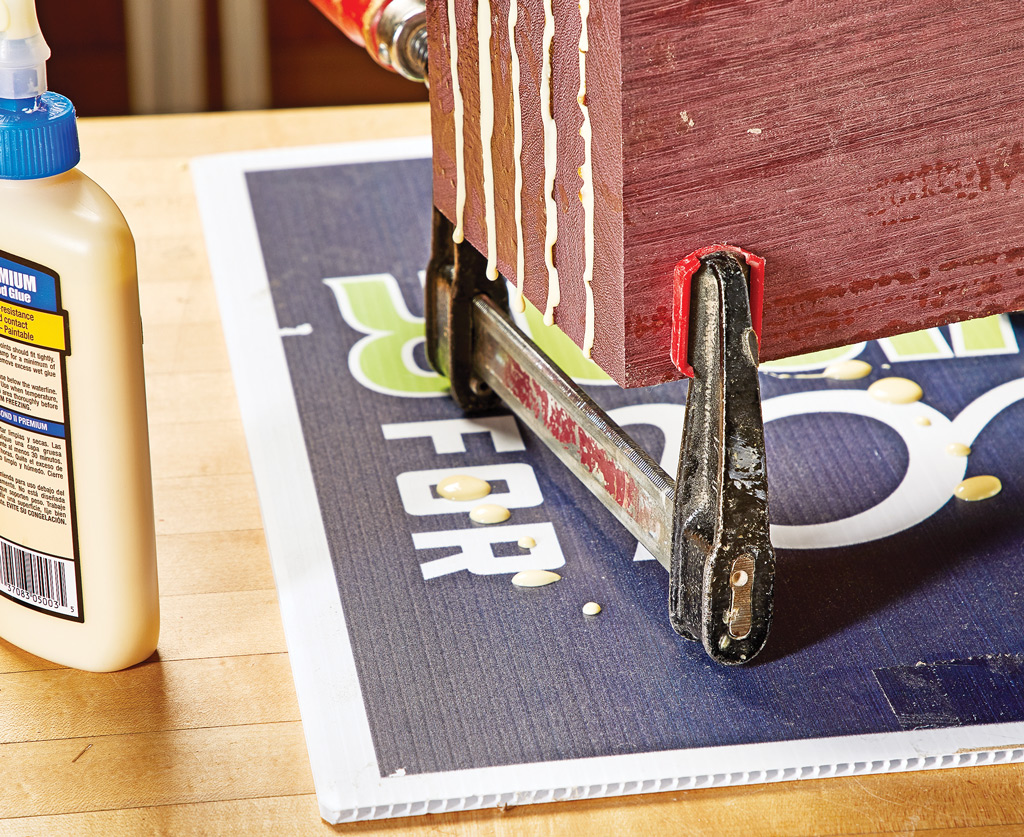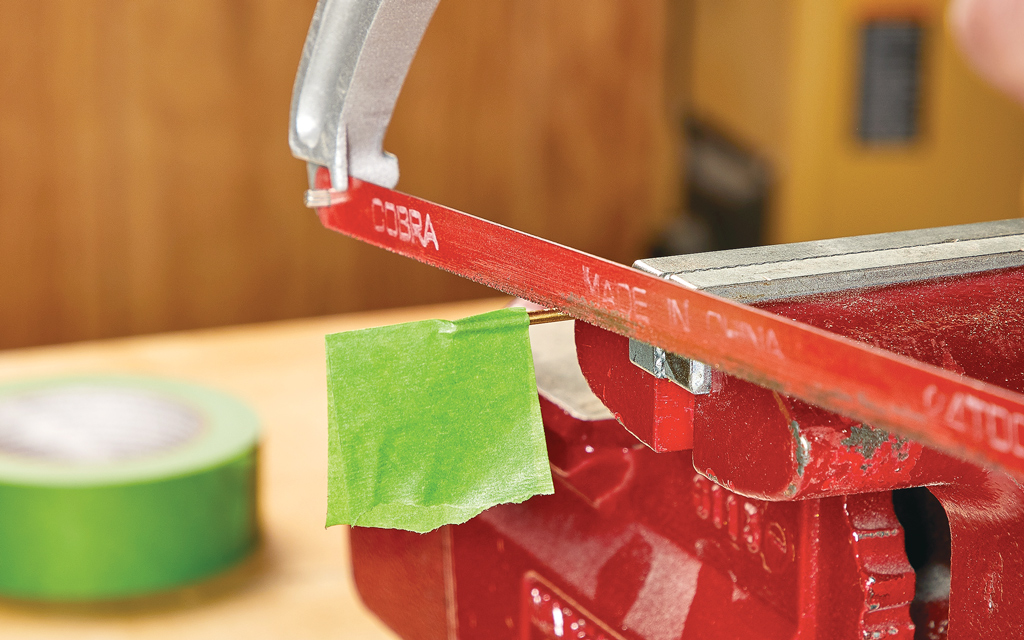
Turnings have been an important part of furniture design for centuries. And everyone is familiar with their common uses — table legs, chair legs and spindles, bun feet — even knobs. These are all essentially structural and functional uses with a secondary aesthetic benefit.

There is another category of turning that can be incorporated into case pieces in which appearance is the main, if not the only, function. These are sectioned or split columns that were often used as a design feature on traditional case pieces. An example of this alternate use is the half columns applied to the front of this [cherry sideboard](https://www.woodsmithplans.com/plan/cherry-sideboard/). The columns add depth and attractive detail to an otherwise unadorned case.
ONLY A SECTION. A sectioned column is exactly what the name implies. Rather than use the entire column, it’s split lengthwise and only a section of the column is fit to the case — typically a quarter or half section. The result is an appearance that mimics the columns gracing the façade of a classically styled building. This feature can make a very bold statement or it can simply be a detail that blends subtly into the overall design.
QUARTER OR HALF? As I mentioned, the two most common types of sectioned turnings are the quarter column and the half column. The drawings illustrate the appearance of the two styles. Although they’re made in a similar way and share design features, the way in which they’re integrated into a case is very different.
QUARTER COLUMN. Quarter columns were first used on case pieces dating back to the 18th century. The idea is that a column is turned and then split into four quarter sections. The quarter columns are set into recesses in the two front corners of the case. Since the quarter columns are visible from both the front and sides, they provide a soft transition at the corners of the case. The effect is similar to shaping a chamfer on the corners, but a quarter column produces a more noticeable visual element.
Quarter columns are generally simple in detail and small in scale. A short square post is left at the top and bottom that ties the column into the case sides and front. The posts, usually not more than 1" square, can be part of the turning or added as separate pieces.

The turning often consists of a bead or two bracketing a long, round, middle section. If more detail is desired, the middle section of the column can be fluted or reeded along its length.
In order to accommodate quarter columns, a large “rabbet” has to be formed at the corners of the case. The side of the case is stopped short of front and then a separate ledger piece is added on the inside, creating the pocket for the column.
HALF COLUMN. If you take a turned column and simply split it into two halves, you have different options for incorporating it into a case piece. Half columns are generally applied to the front of a case along the sides. Here, the effect is meant to be bolder. The columns serve to add depth to the case as well as interesting detail.
Half columns look best when they are fairly large in scale. (Those on the sideboard are 4 1 ⁄ 2 " square.) But the overall style is similar to a quarter column — a square section or post at the top and bottom with a fairly simple, “column-like” turning in between. Adding flutes or reeds is again, an option.
A large half column requires a fairly wide facing at the sides of the case. The columns can be fit flush to the sides of the case or inset slightly, as on the sideboard. Here, the upper posts of the column also serve an important functional role. They support the drawer frame and allow the drawers to extend over the main case.
CREATING A SPLIT COLUMN. When making a quarter or half column, you have a couple of options. Traditionally, they were simply turned on the lathe and then cut into sections. An easier method that gives you a better result is shown below. It utilizes an old woodworking trick — a paper joint.
On the right project, sectioned columns can be the perfect complement. It’s certainly a design feature that shouldn’t be overlooked.
How-To: Make a Half Column

Paper Joint. Start by gluing up a blank from two accurately sized half sections with heavy paper sandwiched in the joint.

Split the Turning. Once the turning is completed, split the two sections apart by carefully forcing a chisel into the joint.

Clean the Surface. Finally, remove the remaining glue and paper from the back surface with a scraper or sandpaper.












